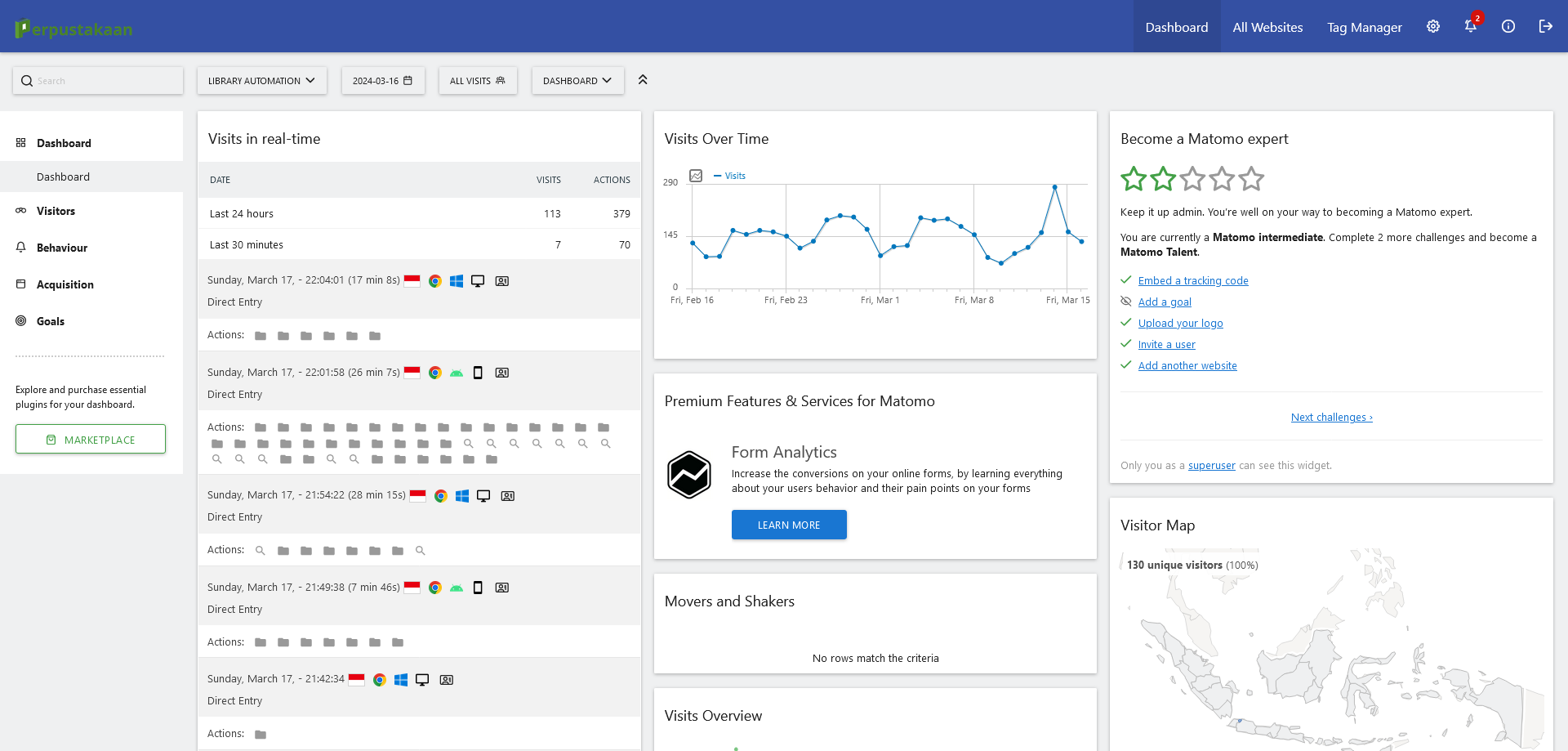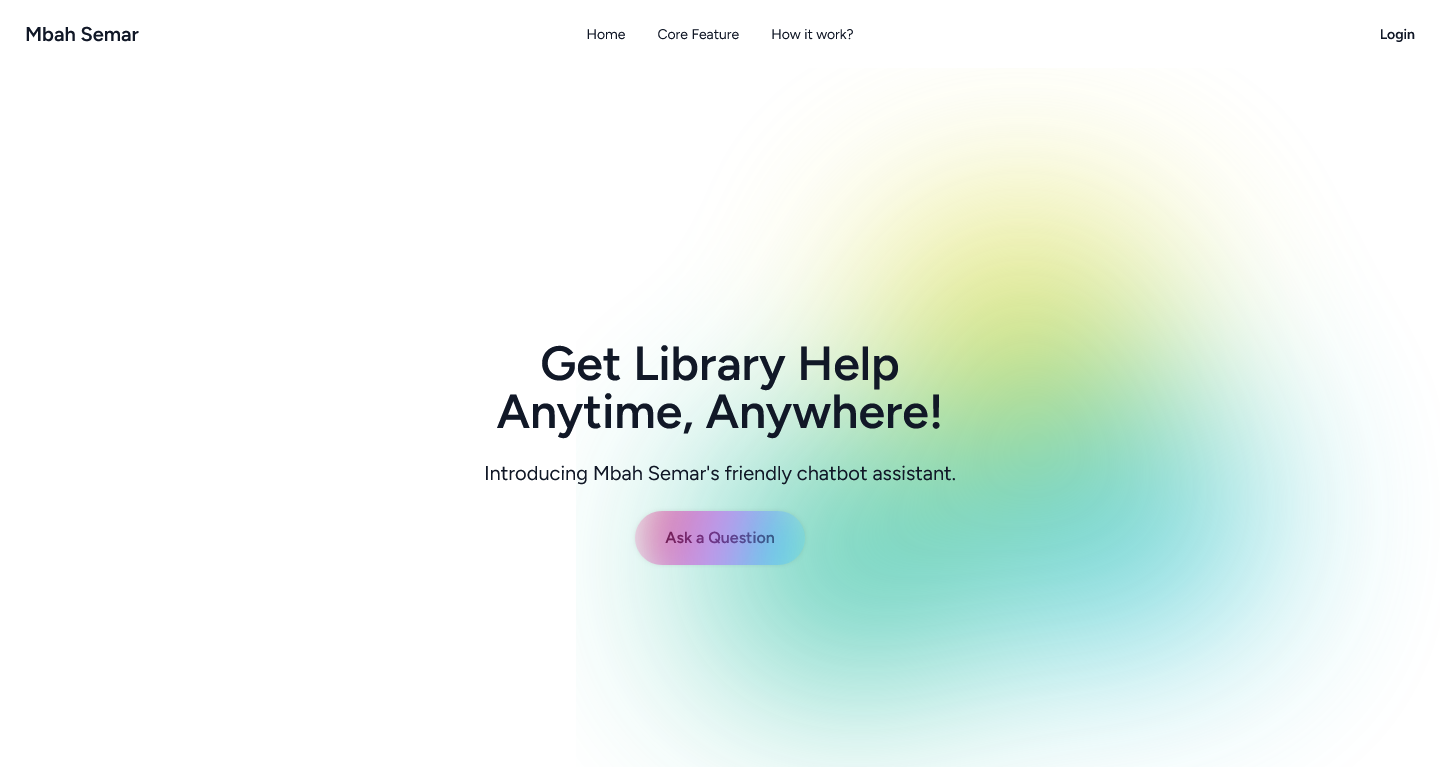Collection Details

Habitats and biota of the Gulf of Mexico :before the Deepwater Horizon oil spill : Volume 2,. Fish resources, fisheries, sea turtles, avian resources, marine mammals, diseases and mortalities
Ward, C. Herb - Nama Orang
The Gulf of Mexico is an open and dynamic marine ecosystem rich in natural resources but heavily impacted by human activities, including agricultural, industrial, commercial and coastal development. Nutrients and pollutants from coastal communities and dozens of rivers flow into the Gulf, including material from the Mississippi River watershed, which drains over one third of continental United States. The Gulf of Mexico has been continuously exposed to petroleum hydrocarbons for millions of years from natural oil and gas seeps on the sea floor, and more recently from oil drilling and production activities located in the water near and far from shore. Major accidental oil spills in the Gulf are infrequent; two of the most significant include the Ixtoc I blowout in the Bay of Campeche in 1979 and the Deepwater Horizon Oil Spill in 2010. Unfortunately, baseline assessments of the status of habitats and biota in the Gulf of Mexico before these spills either were not available, or the data had not been systematically compiled in a way that would help scientists assess the potential short-term and long-term effects of such events.
This 2-volume series compiles and summarizes thousands of data sets showing the status of habitats and biota in the Gulf of Mexico before the Deepwater Horizon Oil Spill that began on April 20, 2010. Volume 1 begins with an overview of the following 13 chapters and focuses on the big picture rather than the details of habitat quality and biota.
Volume 1 covers:
• Water and sediment quality and contaminants, to provide perspective on environmental conditions in the Gulf.
• Natural oil and gas seeps in the Gulf of Mexico, to identify natural sources of exposure to petroleum hydrocarbons.
• Coastal habitats, including flora and fauna and coastal geology.
• Offshore benthos and plankton, with an analysis of current knowledge on energy capture and energy flows in the Gulf.
• Shellfish and finfish resources that provide the basis for commercial and recreational fisheries.
Volume 2 covers:
• Historical data on commercial and recreational fisheries, with an analysis of marketing trends and drivers.
• Ecology, populations and risks to birds, sea turtles and marine mammals in the Gulf of Mexico.
• A final chapter extensively illustrated with original images on diseases and mortalities of fish and other animals that inhabit the Gulf of Mexico.
Chapters in these volumes have been peer reviewed by scientific experts in the subject areas covered. Hopefully, the collection and analysis of such data for the Gulf of Mexico will be continued and sponsored by responsible federal and state agencies with the frequency needed to accurately assess potential damage to natural resources from ecologically harmful events that may occur in the future.
Additional Information
- Penerbit
- New York : Springer Open (2017)
- GMD ( General Material Designation )
- Electronic Resource
- No. Panggil
-
577.7364HABh
- ISBN/ISSN9781493934560
- Klasifikasi
- 577.7364
- Deskripsi Fisik
- xlv, 1757p. : ill.
- Bahasa
- English
- Edisi
- -
- Subjek
- Environmental monitoring
Animals
Gulf of Mexico
Fishes
Ecosystem
Water Pollutants, Chemical
Petroleum Pollution - Pernyataan Tanggungjawab
- -
- Info Detail Spesifik
- -
- GMD
- Electronic Resource
- Tipe Isi
- text
- Tipe Media
- computer
- Tipe Pembawa
- online resource




